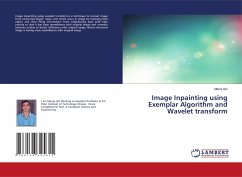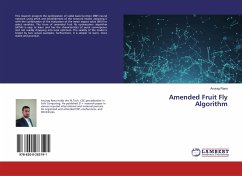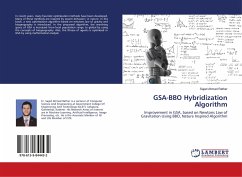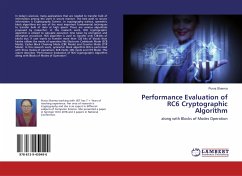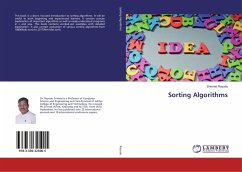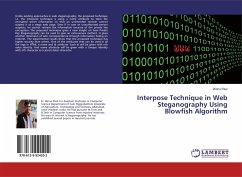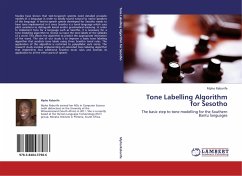
Tone Labelling Algorithm for Sesotho
The basic step to tone modelling for the Southern Bantu languages
Versandkostenfrei!
Versandfertig in 6-10 Tagen
32,99 €
inkl. MwSt.

PAYBACK Punkte
16 °P sammeln!
Studies have shown that text-to-speech systems need detailed prosodic models of a language in order to ideally sound natural to native speakers of the language. A text-to-speech system developed for Sesotho needs to have tone implemented in it since Sesotho is a tonal language which uses pitch variations to distinguish lexical and/or grammatical meaning. In order to implement tone for a language such as Sesotho, it is necessary for a tone modeling algorithm to receive as input the tone labels of the syllables of a word. This allows the algorithm to predict the appropriate intonation of the wor...
Studies have shown that text-to-speech systems need detailed prosodic models of a language in order to ideally sound natural to native speakers of the language. A text-to-speech system developed for Sesotho needs to have tone implemented in it since Sesotho is a tonal language which uses pitch variations to distinguish lexical and/or grammatical meaning. In order to implement tone for a language such as Sesotho, it is necessary for a tone modeling algorithm to receive as input the tone labels of the syllables of a word. This allows the algorithm to predict the appropriate intonation of the word. The aim of our study is to improve a basic tone labeling algorithm that predicts tone labels using three Sesotho tonal rules. The application of this algorithm is restricted to polysyllabic verb stems. The research study involves implementing an extended tone labeling algorithm that implements four additional Sesotho tonal rules and extends its application to all the other parts of speech.



